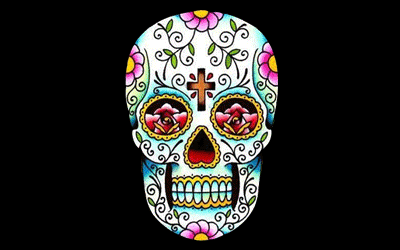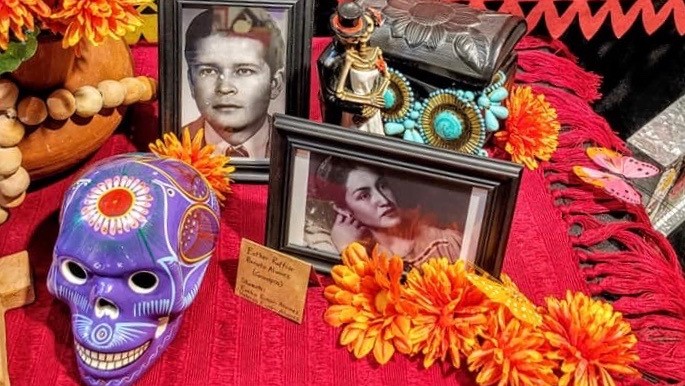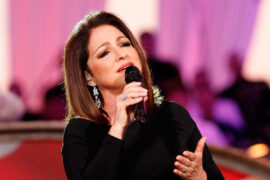Día de Muertos is a time to reconnect with our ancestors con cariño. Families will gather at cemeteries to clean and decorate their loved ones’ last resting place with cempasúchil flowers, colorful papel picado and favorite foods.
An altar, or ofrenda, to honor your deceased can be simple, with just a candle, flowers and a photo of your loved one.
Or they can be ornate, like Aztec ancestors used to make. Some include everything the spirit needs to have a festive visit, and replenish them before they make the trek back to the beyond.
Most have three tiers, to represent heaven, purgatory and earth, but some have multiple layers.
The altar can be placed in a corner of your home or garden or at the actual gravestone in the cemetery. Your homage can also be part of a larger community festival or celebration.
The ofrenda, or offering, refers to the bounty of food, drinks and sometimes cigars for adults or candy for children. The belief is that the spirit is given permission to enjoy what they once did on this special day, usually November 2nd (although Nov. 1st is reserved for deceased children).
So, what do other symbols mean on the altar?

Calaveras, or skulls, are usually colorful and inviting, and remind us not to fear death and to embrace life while we have it. Some altares have one calavera for each of the deceased they are honoring. Kids are especially fond of these sugar and chocolate treats.
The banquet is not complete without food, especially our loved one’s favorite dish. Pan de muerto, or bread of the dead, also gives the spirits a chance to enjoy sustenance they don’t have in afterlife.
Some people put salt on the altar, to bring out the flavor of the food for the deceased (since their taste buds have seen better days!). Salt also keeps their souls from being corrupted by earthly temptations, dicen.

Cempasúchil, or flor de muerto, is the vibrant marigold ubiquitous with altares that helps guide the spirits. Some spread the petals in a pathway to guide their loved ones to the correct house (it can be confusing with so many visiting spirits!).

Papel picado, or ornate tissue paper, represents the beauty and fragility of life, and reminds us to enjoy it while we have it.
Crosses and figures of saints represent spiritual and religious beliefs. A white cross at the base of the altar drawn with slaked lime originally represented the four cardinal points, and today it also represents the Christian cross.
When you see a glass of water, it is to quench the spirit’s deep thirst. A bowl with water and a towel is to help them feel refreshed after their long journey, before the celebration begins.
Of course, a photo of the guest of honor takes center stage. When a photo is not available, write their name on a piece of paper.
Some people will celebrate this Día de Muertos by singing, playing music and drinking at the cemetery. Others will light a candle and say a prayer in the privacy of their home. What matters is that we honor the memory of the loved ones who have moved on ahead of us. Because, after all, they never truly die when we keep their memories alive.





